MARKET OVERVIEW
The global paper tubes and cores market in industrial packaging is going to be a key factor in manufacturing and packaging sectors. The market will center on cylindrical paper products manufacturing and supply, specifically designed to support, protect, or carry different materials ranging from papers, fabrics, adhesives, film, and more. The products that are conventionally manufactured in layers of kraft paperboard will give even structural performance while maintaining environmentally friendly features that promote growing environmentally aware consciousness.
To comprehend this market is to perceive beyond mere uses. Though these tubes and cores will look physically unspectacular, their application will be specialized and deeply integrated into industrial activity as a matter of course. Roll material-dependent industries, for example, will always have tailored solutions in terms of strength, thickness, and sizes as a matter of course. This is not a market for commodities by any standard but on technical specifications and particular performance criteria demanded by the end-users for industries like textiles, construction, packaging, and even cosmetics.
The global paper tubes and cores market will span not only the advanced economies but also the emerging economies where manufacturing units are expanding. The manufacturers will provide domestic and international demand, with their products addressing the evolving regulation agenda with respect to recyclability and waste reduction. This is a market wherein customization will often dominate mass production, as specific industries will necessitate specific dimensions, paper grades, and strength requirements to accommodate their equipment and mode of operation. Each segment, from heavy-duty cores for industrial film winding to light grades for rolls of fabric, will establish its own consistent demand, sustaining the market against roller coaster economic cycles.
Innovation in this case will be influenced to a large degree by developments in materials and adhesives, where manufacturers look to strengthen products without additional weight or cost. Sustainability will also impact product marketing and design. As there is more emphasis on reducing plastic usage, such paper alternatives will become the focal point of discussions around ethical sourcing and circular economies. This will shape how companies sell their products to industries and regulators, with the nature of transparency and certifications playing a larger role in purchasing.
Market dynamics will also reflect availability shifts of raw materials, particularly adhesives and kraft paper. Prices and logistics of these materials will directly affect cost structures and production capacity. Furthermore, logistics of transport will be important as the bulkiness of these materials will require efficient solutions to maintain profitability over distance. This will lead some players to maintain localized centers of production to serve regional needs more effectively, especially in fast-industrializing markets.
In the next few years, the global paper tubes and cores market will not remain static but change in line with changing manufacturing technology and consumer demand. Companies in this industry will have to balance traditional means of producing something with product performance innovations and sustainability rating jumps. Although a niche within the otherwise huge packaging industry, this business will continue to have its relevance by firmly adapting to evolving requirements of industries that it caters to. In this manner, it will keep being relevant and ensure its place within the bigger picture of industrial packaging solutions.
Global paper tubes and cores market is estimated to reach $13,359.72 Million by 2032; growing at a CAGR of 5.8% from 2025 to 2032.
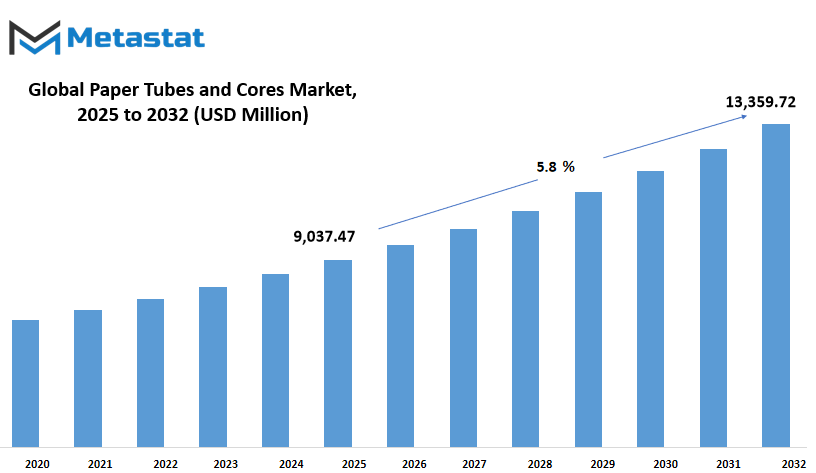
GROWTH FACTORS
The global paper tubes and cores market is expected to experience steady growth over the coming years, largely driven by the increasing demand from industries such as textile, paper, and packaging. These industries are continuously looking for lightweight and recyclable solutions that meet their operational needs while aligning with growing environmental awareness. As companies place more focus on reducing waste and improving the sustainability of their supply chains, paper tubes and cores stand out as a preferred choice. Their ease of recycling and the availability of eco-friendly raw materials make them a practical option for businesses looking to comply with international environmental guidelines.
One of the strongest influences shaping this market is the global push towards sustainable packaging. As regulations become stricter across various regions, businesses are actively seeking alternatives to plastic and other non-recyclable materials. Paper tubes and cores fit this demand perfectly, as they offer a more sustainable solution without compromising on functionality. Companies involved in packaging are particularly keen on adopting materials that not only meet these standards but also appeal to environmentally conscious consumers. This shift is not just a passing trend but signals a long-term change in how products will be packaged, transported, and presented in the future.
However, the market is not without its challenges. One of the main concerns is the fluctuation in raw material costs, particularly kraft paper and adhesives. These materials form the backbone of paper tubes and cores production, and any sharp change in their prices can significantly impact manufacturing costs. Such volatility makes it difficult for producers to maintain stable pricing, which in turn affects profitability and planning. Moreover, there are certain limitations in the current products, especially regarding moisture resistance and durability under extreme conditions. These shortcomings restrict the use of paper tubes and cores in more demanding environments, preventing wider adoption in sectors where stronger materials are still preferred.
Looking ahead, innovation presents a promising path for the global paper tubes and cores market. New developments in biodegradable coatings and water-resistant technologies are opening opportunities in areas like food and pharmaceutical packaging. These industries require packaging that not only protects products but also meets strict safety and hygiene standards. As more companies invest in research to enhance the performance of paper-based cores and tubes, it is likely that these products will capture a greater share of markets that have previously been dominated by plastics or metals. The future will likely see a broader application of these solutions as advancements continue to overcome current limitations.
MARKET SEGMENTATION
By Type
The global paper tubes and cores market is expected to see steady progress in the future, driven by growing demand from packaging and manufacturing industries. With the rising need for eco-friendly alternatives, paper-based products are gaining more attention. Many companies are shifting their focus towards sustainable materials, and this shift will directly influence the global paper tubes and cores market. In particular, the need for reliable, recyclable, and biodegradable options for packaging will continue to push the use of paper tubes and cores forward. This is not just a passing trend but something that will shape how industries operate in the years ahead.
The market, when looked at by type, is divided into Paper Tubes and Paper Cores. Both types have different roles depending on the needs of the industries they serve. Paper tubes are often used in applications where lightweight and sturdy materials are needed, such as in the packaging of posters, textiles, and cosmetics. Paper cores, on the other hand, are commonly used in industrial settings, often serving as the foundation for products like toilet paper rolls, fabric rolls, and various other materials that are wound around a core. These products are simple but important to many production processes.
Looking ahead, the global paper tubes and cores market will likely benefit from the increased awareness of environmental concerns. More companies will focus on reducing plastic use, and paper alternatives will continue to replace plastic in packaging and manufacturing wherever possible. Paper tubes and cores offer a solution that is both practical and responsible. They break down naturally, are recyclable, and often made from recycled content themselves. This cycle of use and reuse will help companies meet their sustainability goals while also appealing to consumers who are paying more attention to the environmental impact of the products they choose.
Technology will also play a part in shaping the future of this market. As production techniques improve, companies will be able to create stronger, lighter, and more versatile paper tubes and cores. This will open up more opportunities in industries that previously relied on less eco-friendly materials. As these changes unfold, the global paper tubes and cores market will stand as a key part of the shift towards greener manufacturing and packaging solutions. Companies that adapt early will likely benefit the most, positioning themselves as leaders in sustainable practices. This market’s growth will not just come from demand but from innovation and responsibility towards the planet.
By Material
The global paper tubes and cores market will continue to show steady growth in the coming years due to the rising demand across various industries. These products are used widely for packaging, storing, and transporting items safely. They are not only strong but also lightweight, making them suitable for many businesses that want to cut down on costs while maintaining product safety. This market is also becoming more popular because of the growing need for eco-friendly packaging options. With more companies looking for sustainable solutions, paper tubes and cores stand out as they can be recycled easily and help reduce waste.
When looking at the materials used, the global paper tubes and cores market is mainly divided into virgin paperboard and recycled paperboard. Virgin paperboard is made from fresh wood pulp, which gives it extra strength and smoothness. This material is often used when appearance and durability matter the most. On the other hand, recycled paperboard is created by reusing old paper products, which helps save resources and cut down on pollution. Both materials have their place in the market, depending on what businesses need for their packaging or storage purposes.
In the future, it is expected that recycled paperboard will gain more attention. As more countries push for stricter environmental laws and companies aim to meet sustainability targets, the demand for products made from recycled materials will likely grow. This shift will help reduce the environmental impact of industries that rely on packaging. Also, advancements in technology will improve the quality of recycled paperboard, making it even more reliable and appealing to a broader range of industries.
Industries such as textiles, food and beverages, construction, and cosmetics will continue to use paper tubes and cores for their daily operations. These industries often need materials that can protect products from damage while being cost-effective. As the focus on sustainability increases, more companies will choose paper-based solutions over plastic or metal. This will help drive the global paper tubes and cores market forward, giving it more opportunities for growth.
Looking ahead, this market will also benefit from innovation in manufacturing processes. Companies will work on creating products that are not only more durable but also more versatile. New designs and technologies will help paper tubes and cores meet changing customer demands. With a strong focus on both quality and the environment, this market will likely continue to thrive well into the future.
By Application
The global paper tubes and cores market is expected to show steady growth in the future due to its increasing use across different industries. This growth will not happen overnight, but it will be the result of the gradual shift toward more sustainable and eco-friendly packaging solutions. Companies and industries are paying more attention to their environmental responsibilities, which is why they are looking for packaging materials that can be recycled or reused. Paper tubes and cores fit well into this growing demand. Over the next few years, more businesses will start to recognize how important these products are in helping reduce plastic waste.
One of the key reasons behind the expansion of the global paper tubes and cores market is the rise in demand from the packaging sector. Packaging will always be necessary, whether it is for protecting products during shipping or presenting them on store shelves. Paper tubes and cores provide a lightweight yet strong solution that can be adapted to different shapes and sizes. Their versatility makes them a smart choice for companies that want packaging materials that can meet a variety of needs without adding extra weight or cost.
Another area that will contribute to the growth of the global paper tubes and cores market is the textile industry. Textiles require tubes and cores for rolling fabrics, yarns, and other materials. As global clothing production continues to rise, so will the need for reliable storage and transportation tools. This creates ongoing opportunities for manufacturers to improve the quality and durability of their paper tubes and cores, meeting the evolving expectations of textile businesses.
The paper and printing industry will also remain a strong supporter of this market. Paper tubes and cores are used to hold large rolls of paper, making handling and transportation much easier. Even as digital alternatives grow, the need for physical printing and paper products will not disappear entirely. This continued demand helps ensure that this market will stay relevant.
The food and beverage sector is another important application. These industries require packaging that not only protects goods but also keeps them fresh. Paper tubes and cores can meet these needs while also aligning with environmental goals. In the future, businesses will likely explore even more creative and practical ways to use these materials in packaging. Overall, the future of the global paper tubes and cores market looks positive, with growth driven by sustainability, functionality, and expanding industrial use.
|
Forecast Period |
2025-2032 |
|
Market Size in 2025 |
$9,037.47 million |
|
Market Size by 2032 |
$13,359.72 Million |
|
Growth Rate from 2025 to 2032 |
5.8% |
|
Base Year |
2024 |
|
Regions Covered |
North America, Europe, Asia-Pacific Green, South America, Middle East & Africa |
REGIONAL ANALYSIS
The global paper tubes and cores market will continue to see changes as industries grow and look for more reliable, sustainable, and affordable solutions. This market has become more important because of how these simple but effective products are used across different sectors. By application, the market is further divided into packaging, textiles, the paper and printing industry, and food and beverage. Each of these industries depends on paper tubes and cores for very practical reasons, and this need is not expected to slow down.
In packaging, paper tubes and cores are seen as an eco-friendly and efficient choice. Companies prefer them because they are recyclable, light in weight, and easy to handle. In the future, more packaging businesses will likely move towards paper-based solutions as regulations on plastic tighten and customer demand for greener options grows. This shift is not just about meeting rules but also about shaping a brand’s reputation as responsible and forward-thinking. The growth in e-commerce also supports the demand, as companies require safe and simple ways to protect goods during storage and delivery.
The textile industry has long relied on these products, and it will continue to do so. Paper tubes and cores provide the structure needed to wind yarns and fabrics without damaging delicate materials. With future innovations in textiles, especially in technical fabrics and sustainable materials, there will be more attention on how materials are handled at every stage. This will create more opportunities for improvement and development within the global paper tubes and cores market.
When it comes to the paper and printing industry, these products are crucial. Rolls of paper, whether for newspapers or office supplies, are stored and transported safely thanks to these sturdy cores. While digital solutions have reduced some paper demand, this sector still requires dependable ways to manage large volumes of paper. Even as new methods and technologies come in, this part of the market will still need quality paper tubes and cores.
In food and beverage, these products are used for packaging items like cling films, foils, and other wrapping materials. Hygiene and safety will always be key in this sector, and paper cores help meet those standards while keeping costs down. Looking ahead, more companies will favor options that match their sustainability goals without sacrificing performance. The global paper tubes and cores market will keep playing a strong role in these industries’ futures through steady innovation and adaptation.
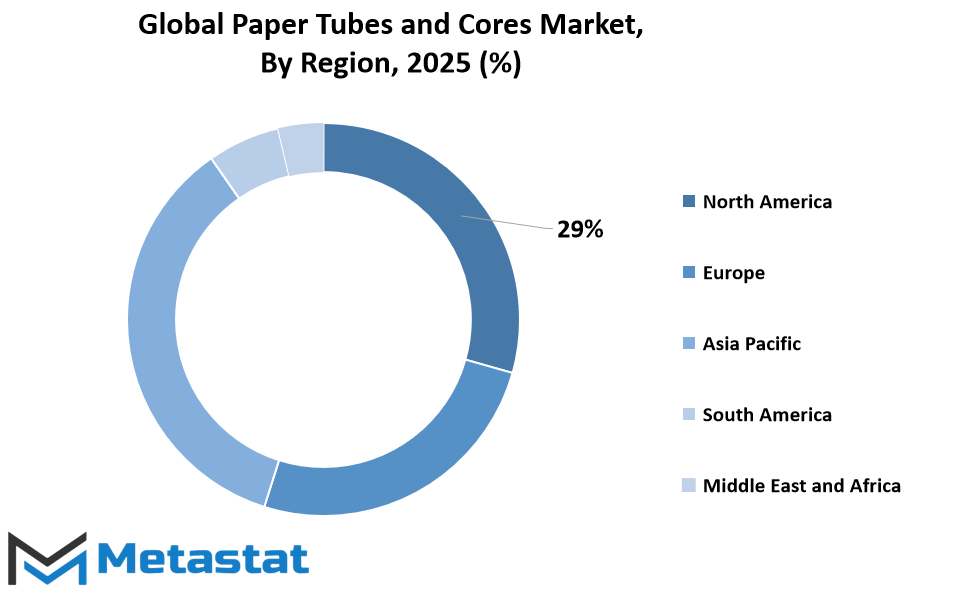
COMPETITIVE PLAYERS
The global paper tubes and cores market is expected to see steady growth in the future as industries continue to look for more sustainable and efficient packaging solutions. These products are widely used in packaging, textiles, construction, and even the food industry. As companies shift towards environmentally friendly materials, paper tubes and cores are becoming more important. This change is being pushed forward not only by consumer demand but also by stricter government regulations around waste and recycling. In the coming years, the market will likely grow further as manufacturers improve their production processes to make these products stronger, lighter, and more cost-effective. This will help them serve a broader range of industries looking for alternatives to plastics and metals.
When looking at the competitive landscape, several key players are shaping the future of this market. Companies such as Moba Eurotubi, Cylcore, Smurfit Kappa Group PLC, Industria Cartaria Pieretti, Corex Group, ORPA Papír a.s., Sonoco-Alcore (Sonoco Europe), VPK Packaging, Eger Hülse, Solidus Solutions, Greif, Kunert Gruppe, Tubitex S.p.A., PAKEA, Stell, Balkan Paper EOOD, Fidel Gmeiner GmbH & Co KG, Just Paper Tubes, Scandicore AB, and Sydor Packaging Company are all making notable contributions. These companies are constantly working on ways to stay ahead by investing in advanced technologies, automation, and sustainable materials. Some are focusing on expanding their product lines to offer more tailored solutions to customers in different sectors. Others are strengthening their supply chains or forming partnerships to improve their reach in the global market.
The competition among these players will likely drive more innovation in the years ahead. Future advancements could include stronger, more moisture-resistant paper cores and tubes that meet the rising standards of industries such as textiles and construction. With advancements in technology, the production of these products may become more energy-efficient, helping to reduce the carbon footprint further. This focus on sustainability will benefit companies that can adapt quickly and meet the changing needs of their clients.
In the long term, the global paper tubes and cores market will likely see more companies joining as demand increases. While competition will be tough, businesses that stay flexible and innovative will have the upper hand. The companies leading the market today are well-positioned to shape its future through ongoing improvements, creative solutions, and dedication to meeting growing environmental expectations.
Paper Tubes and Cores Market Key Segments:
By Type
- Paper Tubes
- Paper Cores
By Material
- Virgin Paperboard
- Recycled Paperboard
By Application
- Packaging
- Textiles
- Paper and Printing Industry
- Food and Beverage
By Region
- Germany
- United Kingdom
- France
- Italy
- Rest of Europe
Key Global Paper Tubes and Cores Industry Players
- Moba Eurotubi
- Cylcore
- Smurfit Kappa Group PLC
- Industria Cartaria Pieretti
- Corex Group
- ORPA Papír a.s.
- Sonoco-Alcore (Sonoco Europe)
- VPK Packaging
- Eger Hülse
- Solidus Solutions
- Greif
- Kunert Gruppe
- Tubitex S.p.A.
- PAKEA
- Stell
- Balkan Paper EOOD
- Fidel Gmeiner GmbH & Co KG
- Just Paper Tubes
- Scandicore AB
- Sydor Packaging Company
WHAT REPORT PROVIDES
- Full in-depth analysis of the parent Industry
- Important changes in market and its dynamics
- Segmentation details of the market
- Former, on-going, and projected market analysis in terms of volume and value
- Assessment of niche industry developments
- Market share analysis
- Key strategies of major players
- Emerging segments and regional growth potential




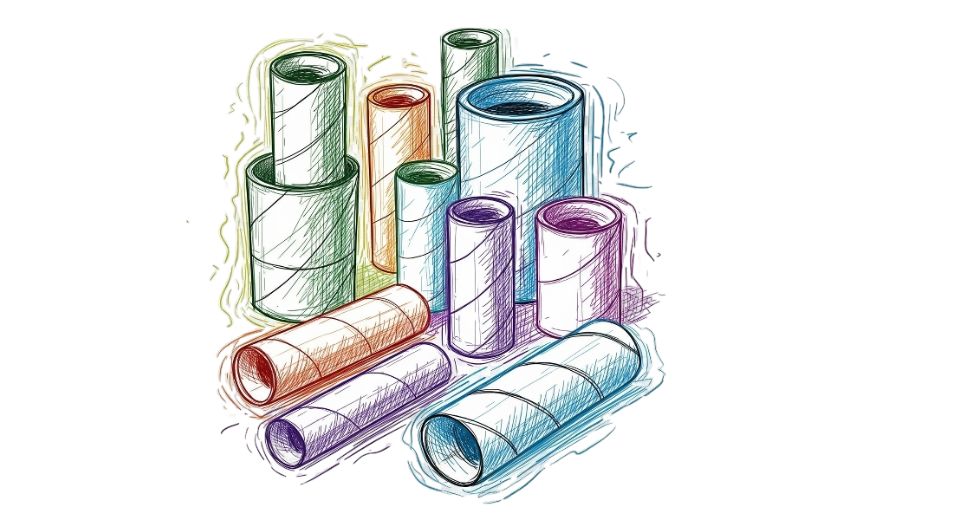
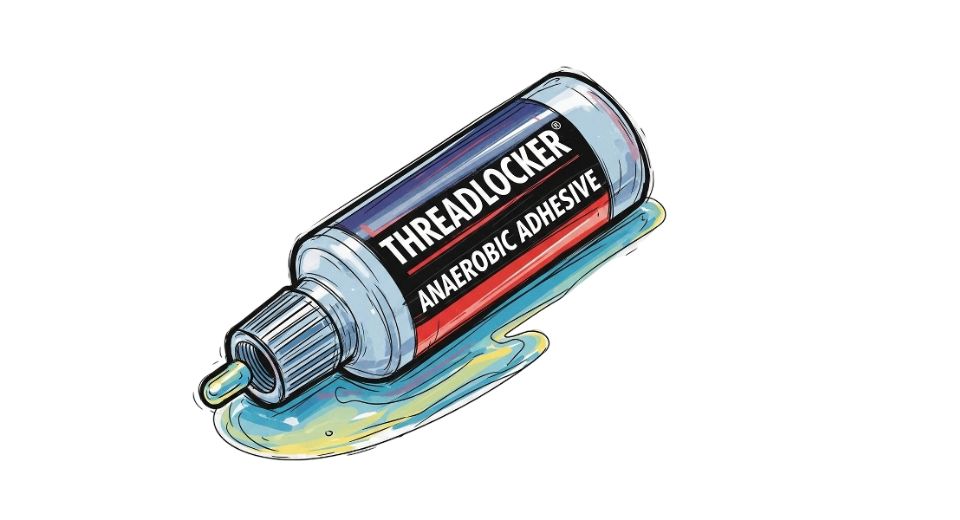
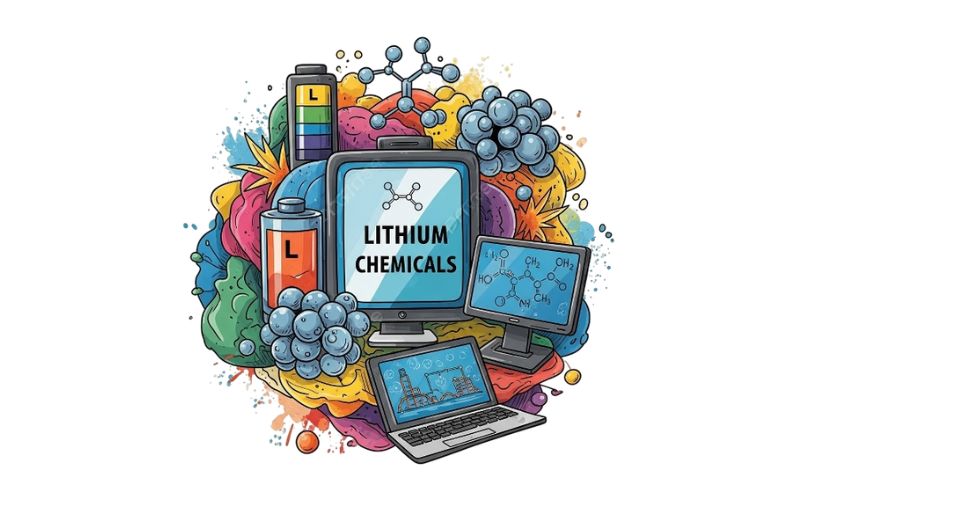

 US: +1 3023308252
US: +1 3023308252






